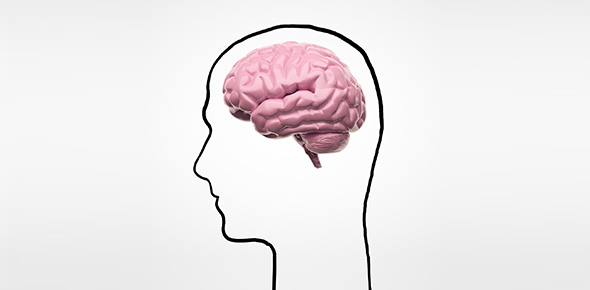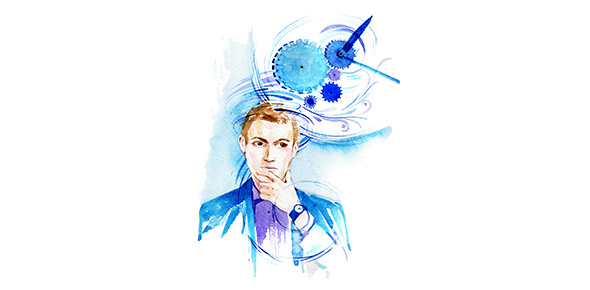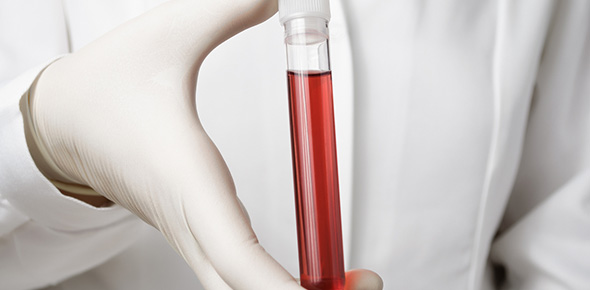Related Flashcards
Related Topics
Cards In This Set
| Front | Back |
|
Parts of a Neuron
|
Soma-Cell body
Dendrites-incoming data Axon-only one and where info goes out Axon Hillock-where axon starts Axon Terminal Myelin Sheath-insulation Dendritic Spines |
|
Types of Neurons (3) and Purpose
|
Sensory neurons (afferent)- collect sensory info
Motor neurons (efferent)- Create movement Interneurons- In between sensory and motor neurons (Brain) |
|
Glial cells in the CNS and PNS and their functions
|
Astrocytes- structural support, blood brain barrier, nourish the neurons, communicate with blood vessels, scar tissue
Oligodendrocyte-form myelin sheath Microglia-immune cells Ependymal cells- make Cerebral Spinal Fluid Shwann cell- myelin sheath in PNS |
|
Voltage of a Cell and what keeps it that way
|
Resting membrane potential is -70 mV
3 forces that keep cell negative-more anion in the cell (proteins are negative), cell is leaky to K+, Na-K pump pumps 3 Na out for every 2 K in |
|
What is a graded potential?
|
It occurs on the dendrites and it is very small 1-10 mV
depolarization-positive enters cell and brings it closer 0 mV; EPSP hyperpolarization- makes it more negative IPSP Can combine Temporally (Time) or Spatially (Area) |
|
Action Potential
|
Moves cell to +30 mV
At rest then hits threshold Depolarizes as Na+ channels open and Na enters the cell Repolarizes as K exists the cell Hyperpolarizes just a little bit Then returns to resting poten |
|
Action Potentials movement along the Axon
|
Unmyelinate= much slower
Myelination keeps voltage from dissipating and speed up the tract Node of Ranvier- space between myelin cells |
|
Steps at the axon terminal
|
1) Neurotransmitter synthesis and storage--peptide protiens created in the body and sent through microtubule to the axon; synthesized by chemical reaction
2) Neurotransmitter release--action potential reaches terminal, open voltage Ca+ channels and Ca+ enters the cell, NT release 3) Receptor site activation--binds to receptor which allows ions to flow back, makes IPSP or EPSP 4) Neurotransmitter Deactivation- reuptake through transporter, enzyme degradation, diffusion away from synapse-goes to astrocyte and back to neuron |
|
4 classes of Neurotransmitters
|
1) Small molecule NT-- acetylcholine-NT of the neuromuscular junction; Amines--Serotonin, Dopamine, epinephrines, norepinephrines; Amino Acids--glutamate (excitatory) and GABA (inhibitory)
2) Peptide NT--Opiods, vassopressin, oxytocin, Coricosteriods 3) Transmitter Gases--nitric oxide, carbon monoxide 4) Lipid Transmitters-anandami |
|
Iontropic receptors
|
Short term
Fast Creates IPSP or EPSP When NT binds, protein lets ions in |
|
Metabotropic Receptors
|
When NT binds-G-protein is activated and moves away to affect other areas in the cell
Indirectly modify an ion channel Modify enzyme action Change gene expression |
|
Drug administration Routes
|
Injection-direct to bloodstream
oral administration-absorbed in stomach or small intestine Absorption through skin- only small molecules Gases and Aerosol-quick Injection Directly to brain |
|
3 components of the Blood Brain Barrier
|
1) Tight junctions between endothelial cells
2) Think Basement membrane 3) Astrocytic feet |
|
Agonist vs. Antagonist
|
Agonist- mimic NT Binding
Antagonis- block NT Binding |
|
Class I Drugs
|
Antianxiety agents and sedative hypnotics
1) antianxiety agents=minor tranquilizers ex Valium 2) Sedative Hypnotics ex. Alcohol or sleeping pills Work at the GABA receptor |







